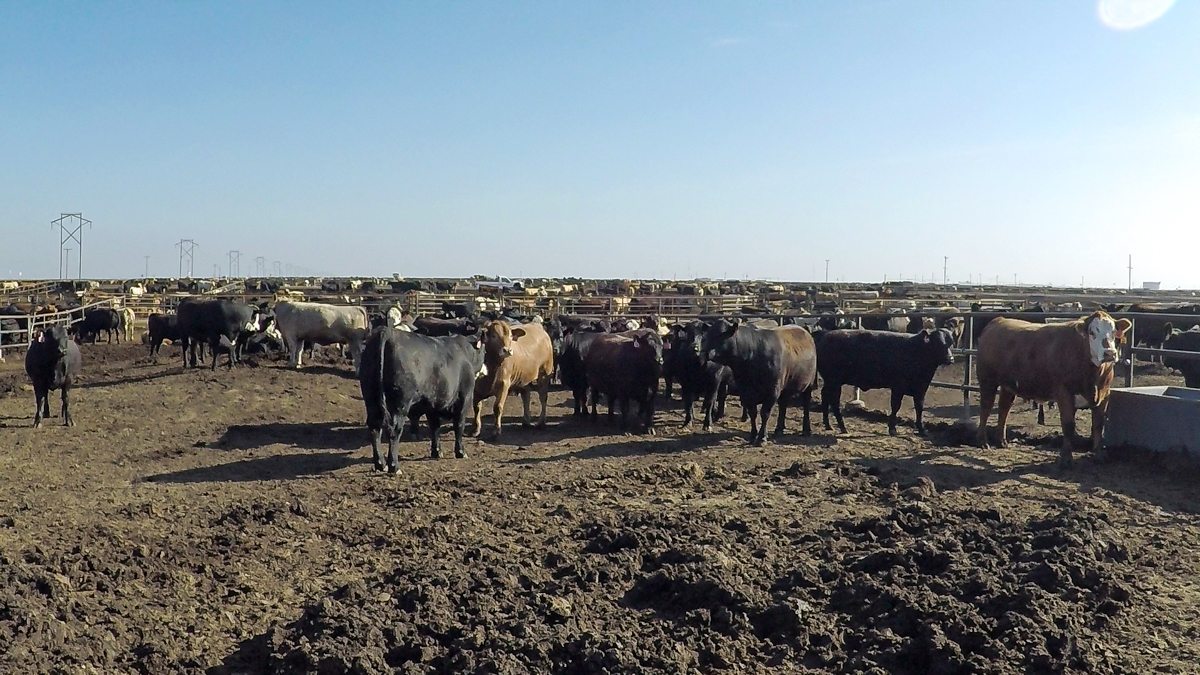It’s not just in Ireland that the beef industry has been targeted as a major contributor to greenhouse gas emissions (GHG); it is also the case in the US.
However, speaking at ONE19: The Alltech Ideas Conference, Dr. Frank Mitloehner, professor and air quality extension specialist in the Department of Animal Science at the University of California, presented data that now indicates that the US beef industry is a small contributor to GHG emissions when compared to other sectors.
Both in the US, and indeed in Ireland, the finger has been routinely pointed at beef – albeit at different scales and production systems.
“The carbon footprint of beef is a hot topic at the moment – everybody is talking it. For many industries, this is the main driver to get people to buy their product,” Dr. Mitloehner explained.
“For example, plant-based protein companies are saying that you should buy their product as an alternative to beef because beef has a carbon footprint that is just atrocious.”
And, the lack of data on the topic has made the US beef industry an easy target. Now, data indicates that only a small proportion of GHG emissions stem from the beef supply chain.
Dr. Mitloehner explained: “The total GHG emissions of the entire beef supply chain – both direct and indirect – is 3.3% of US GHG emissions, including the growing of forages, belching, manure, transportation of products etc.
“For those who say that beef produces more GHG than any other activity in the US, you should know by now that is not true.”
He added that direct GHG emissions (excluding indirect emissions) from the transport sector in the US accounts for 28% and all fossil fuel consuming industries produce 80% of all GHG emissions.
If we compare this to Ireland, the total GHG emissions stemming from the agriculture sector (all enterprises) is approximately 33.3%, while the transportation sector contributes approximately 20%.
Challenges and land use
Continuing, he said: “By 2050, we will triple human population on this planet, but we will not triple the resources to feed these people.
“We will not magically have three times more food, water, fertiliser or three times more anything,” he said.
In addition, he explained that two thirds of all agricultural land in the world is marginal land and that it is not suitable to grow crops, but that it can be used by ruminant livestock; this leaves one third of agricultural land for arable crops for all other purposes.
“There are people out there saying let’s tax red meat, let’s get rid of meat, it’s bad for us, it’s bad for the environment; that is the most ridiculous thing I have ever heard.
“What that effectively means – by getting rid of ruminant livestock – we would not make use of at least 70% of agricultural land.
Arable land has to be fertilised; half of the fertiliser is chemical fertiliser and the other half is organic fertiliser.
“When I ask some people what they look for in the supermarket, they say it has to be locally grown, it has to be organic; however, you can’t have it all.
“They need to know that the organic food was not fertilised with chemical fertiliser; it was fertiliser with organic fertiliser. They say they know that; but, what they don’t know is that without animals there are no organic fertilisers.”
Concluding the presentation, he said: “Beef is a nutrient-packed product that is unrivaled.
“It’s time for the beef industry to wake up and take this issue very seriously. I think beef has a great story to tell and now the question is: are you willing to tell it?”



